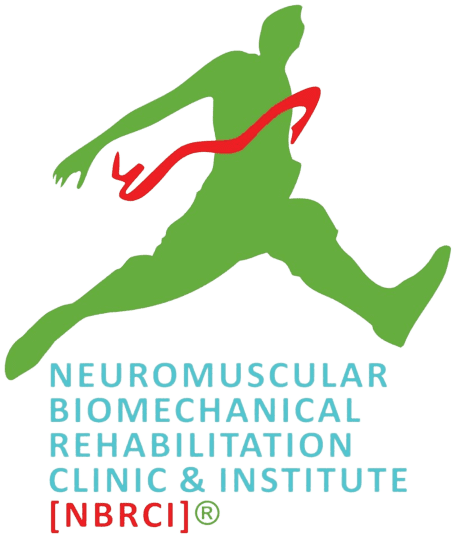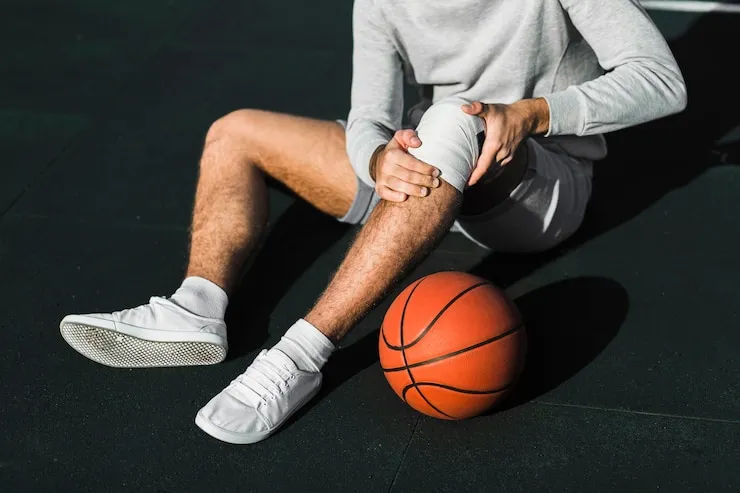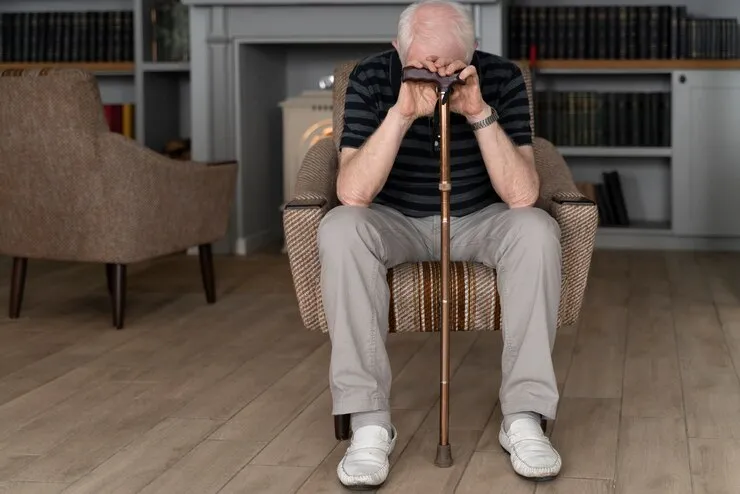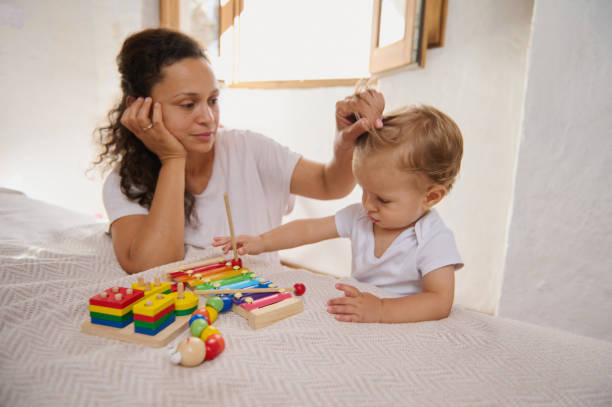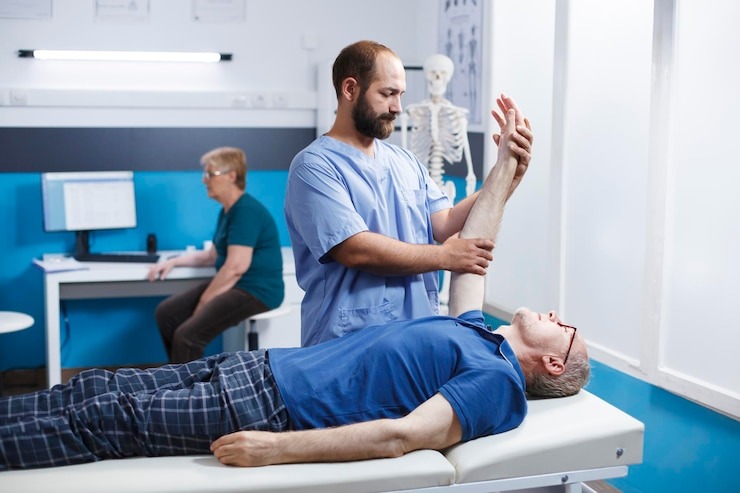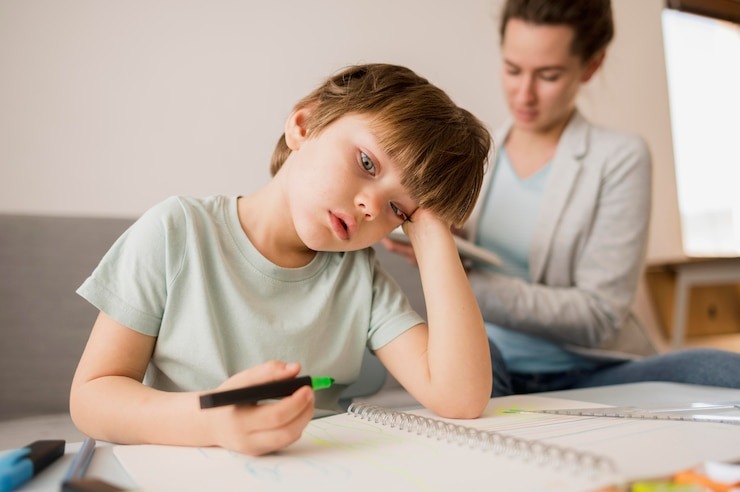Understanding Overpronation: How Physical Therapy Can Restore Balance
Overpronation is a condition when the foot rolls inward optimally while walking and running that can disrupt the natural alignment of the body. That results in the uneven distribution of weight. Or some extra pressure on your ankles, knees, and hips. If this condition is left untreated it can result in severe problems including discomfort and limitation of daily activities.
Overpronation affects not only your feet but your body overall. Physical therapy provides an effective and noninvasive solution to overpronation. It treats it by working on its root causes. By working on its root causes, you can improve the quality of your life, improve posture, and restore balance. To get treatment for overpronation by physical therapy, you can reach out to the NBR clinic in Lahore.
What Is Overpronation?
Overpronation is a disturbance in the natural gait cycle of the body. When the foot makes contact with the ground. One thing that is specific about it is rolling feet inward that creates imbalance and stress in certain parts of body. In normal conditions and gait, the cycle foot rolls inward to absorb the shock and distribution of impact in our steps.
But in the condition of overpronation, the foot flattens so much that disturbs the normal alignment of the body. Some of the most common causes due to which you may suffer from over-pronation are:
- If there is a condition of overpronation in your family history, there are maximum chances of having it in your body as well.
- Use of some shoes that are improper and not good enough to support your feet can cause the problem of overpronation.
- Poorly developed and weak arches are also a cause of overpronation in the human body.
- Repetitive stress and overuse of feet are also major reasons for overpronation in the body.
Some of these are the symptoms when you observe any of these it means you are suffering from overpronation.
- Pain in arches and heels occurs which means is a problem with the stretches in your ligaments.
- Pain in knee joints because of misalignment of the body.
- An imbalance of gait during this condition can also cause pain in the lower back.
- Deformities in bones and skin due to misalignment of weight.
Why Addressing Overpronation Is Important
Overpronation is more than an issue of foot. But it is something that can affect the whole of your body. If you don’t take it seriously and ignore it for long, it not only affect your feet but your overall physical condition. These are risks you may suffer due to long-term ooverpronationof your body.
Progressive joint issues include ligaments, hip joints, bones, and back. And the risk of sprains, stains, and difficulty of mobility as well. Therefore, it is advisable to have a consultation with a physical therapist immediately when you observe any such symptom in your body.
How Physical Therapy Can Help
Physical therapy plays an important role in the treatment of overpronation. With customized treatment and tailored programs, it works to improve your foot mechanics, relieve pain, and balance in overall body. Before providing any treatment, our physical therapists, deeply understand the needs and goals of the person and then design any treatment for him. These are the techniques we are following at the NBR clinic for the treatment of overpronation.
- The first one is strengthening and stretching exercises. That gives flexibility to foot muscles, claves, and hips. After a little practice, the inward movement of your feet reduces up to the mark.
- The second one is gait training. In which we practiced some waling patterns and taught techniques for foot alignment and reduction of strain on your feet.
- The third one is manual therapy. Where we use hands-on techniques to release tension of tissues.
- The last one and more important is orthotic recommendations. We recommend custom soles for proper foot alignment that reduces the stress on the hip, knees, and joints.
Benefits of Physical Therapy for Overpronation
To deal with overpronation, physical therapy is the best approach. Where we work on root causes to eradicate problem from its base. These are the benefits you are going to get by using physical therapy for the treatment of overpronation.
- Munaul therapy and some targeted exercises are good for relieving pain and giving flexibility. That is helpful for the treatment of overpronation.
- By following strengthening exercises and gait training, you can keep yourself free from a umber of future injuries. Like sprains, and plantar fasciitis.
- Improvement in your foot alignment is good for the overall posture of your body. And enhances body balance as well.
- With reduced pain and easy mobility, you can elevate your quality of life to the mark.
When to Seek Professional Help
If you are feeling pain in your feet, hands, ankles, and knees consistently, then it is advised to get professional help immediately. Because if overpronation is left untreated it can leave significant issues. These are the signs if you observe any of these, make sure to consult your physical therapist immediately.
- Persistent pain in your heels, arches, and lower back.
- Discomfort in lower back and hips while walking.
- Excessive rolling of feet inward.
- Difficulty in maintaining body balance while walking.
If you observe any of these signs make sure to consult your Sports Physician or physical therapist. You can get it from Lahore as well. Dr. Riaz Ahmed Sports Medicine Specialist at NBR clinic is providing quality services for the treatment of overpronation by physical therapy by not only diagnosing the predisposing cause by thorough biomechanical assessment and also identify the additional deficit as well . Make a call and book a consultation. Find expert care and updates—visit NBR clinic !
To Book Appointment or get consultation you can contact on Facebook or Instagram
FAQs
What are the causes of overpronation?
Some of the common causes of overpronation are being overweight, genetic issues, certain medical conditions, and unsupportive footwear.
How to fix overpronated feet?
One of the best solutions to get effective treatment of overpronation is to wear correct shoes with biomechanically designed “Orthotics”, receive an appropriate physical or manual therapy and learn & incorporate proper exercises into the body through the mind for complete recovery and maintenance of optimal fitness
